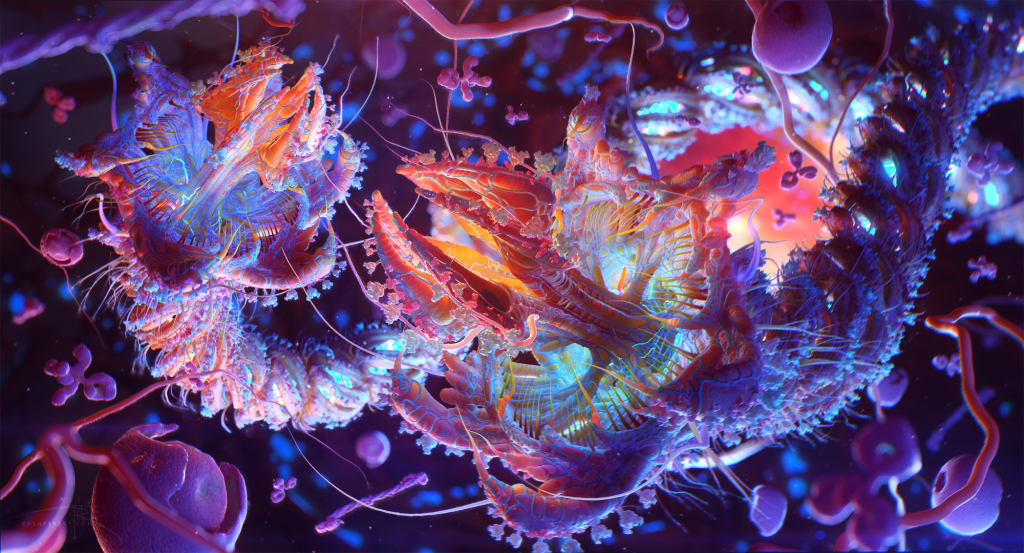Alexia Forsyth
Pud is a Russian contemporary artist. His work has been displayed in over twenty exhibits since 1970. His piece “Landscape” is a three-dimensional tapestry showing a colorful collection of trees and hills. I really admire the traditional aspects of the landscape that are stylized with more modern ideas. Afanasy Pud transforms the common image of trees and hills into a psychedelic visual experience. The artist considers himself a scientist and programmer. He used Corel and Photostyler software to create his pieces. More recently, he favors CorelPhotopaint and FractalDesignPainter as his main source of composition. His artistic sensibilities are demonstrated through the overlaying of colors and odd patterns onto a plain image.
Link: https://digitalartarchive.siggraph.org/artwork/afanassy-pud-landscape/
![[OLD SEMESTER] 15-104 • Introduction to Computing for Creative Practice](https://courses.ideate.cmu.edu/15-104/f2022/wp-content/uploads/2023/09/stop-banner.png)
